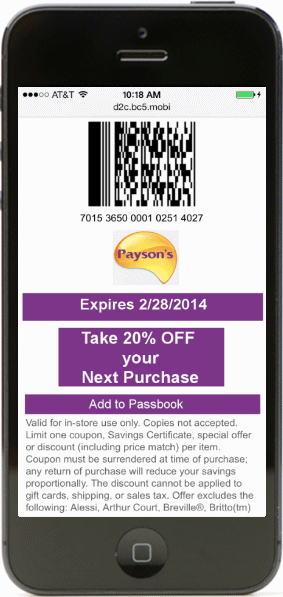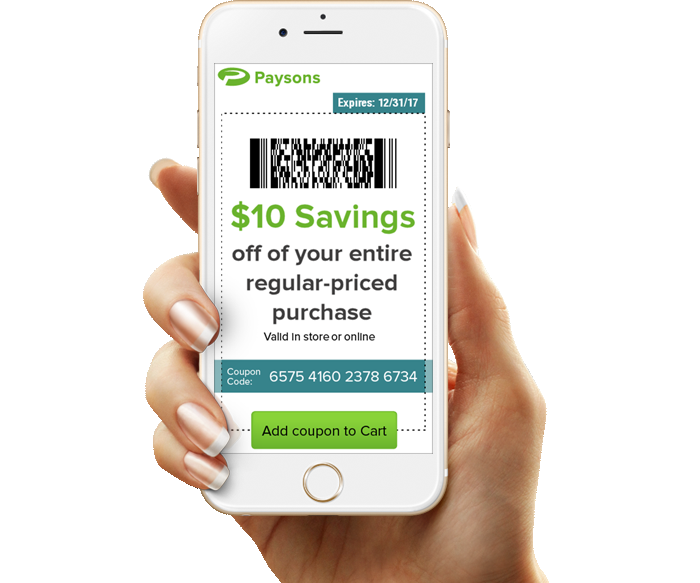Written by: Sue LeClaire
Single-use coupons/one-time redeemable coupons and personalized coupons and offers are being used by a growing number of retailers to drive store traffic and purchases. In this article we explore the four must-have characteristics that define a true single-use/one-time use coupon.
Retailers are employing everything from promo codes to 2D barcodes for customers to clip, print or load onto their mobile device and present at checkout. The problem is the vast majority of these “coupons” are really unlimited offers customers can reuse over and over. In order to provide true single-use/one-time use coupons, a combination of integrated capabilities are required. Having built a comprehensive security model from the ground up, CodeBroker has over fifteen years of experience providing secure, single-use coupons to some of the top retailers in the U.S.
So what constitutes a truly single-use mobile coupon?

- It contains a unique coupon code
- Can be delivered to a specific device and/or individual
- Cease to be usable upon code/coupon redemption
- Supports simultaneous multi-channel delivery and expiration
Unique Code. Using a unique code is the first step in implementing secure, single-use coupons. A unique code is a means to track the offer from issuance through redemption and expiration. By limiting the number of unique codes, a retailer can deliver personalized coupons and high-value SMS coupons or coupons on demand without the risk of the coupon being used more than once or going viral.
Delivery. The combination of a unique code and a mobile device creates a link between the retailer and customer, which is optimal for delivering personalized coupons by text message Managing this relationship allows the retailer to track all mobile coupons the customer has either loaded or received onto their mobile device. Information such as which device received the offer, when it was viewed and when it was redeemed give the retailer a comprehensive picture of the purchase funnel.
Redemption. During checkout the mobile coupon’s unique code is either scanned, in the form of a barcode, or entered into the POS by the cashier. While not required, being able to scan a barcode during checkout provides a seamless and expedient process for both the customer and retailer. Following recognition of the unique code by the POS system, the coupon is marked as redeemed and the single-use/one-time-use only mobile coupon is “cleared.” By clearing the coupon, it has been “collected” at the time of purchase and is no longer available for use.
Multi-channel Expiration. A huge challenge in marking a one time coupon as redeemed is expiring it in all of the channels it was made available. Expiration must happen in all of the channels the customer viewed and loaded the coupon – SMS app, retailer’s app, email message, Passbook, Facebook, etc. Simultaneous expiration ensures the coupon cannot be used more than once eliminating coupon fraud.
Retailers benefit significantly from deploying single-use/one-time use coupons. First, CodeBroker customers routinely see up to 50% redemption for on-demand mobile coupons, significantly higher than paper-based coupons. Higher redemption rates translate to an increase in incremental revenue as offers drive more trips to the store and increased basket size. Second, effective personalized coupons and offers are helping retailers build brand loyalty with their customers increasing their lifetime value. Third, with single-use coupons, retailers are able to track the entire purchase funnel – from delivery through redemption – creating a comprehensive picture of consumer purchase behavior.
Please read more about CodeBroker’s digital coupon platform for large enterprises and smaller businesses.
